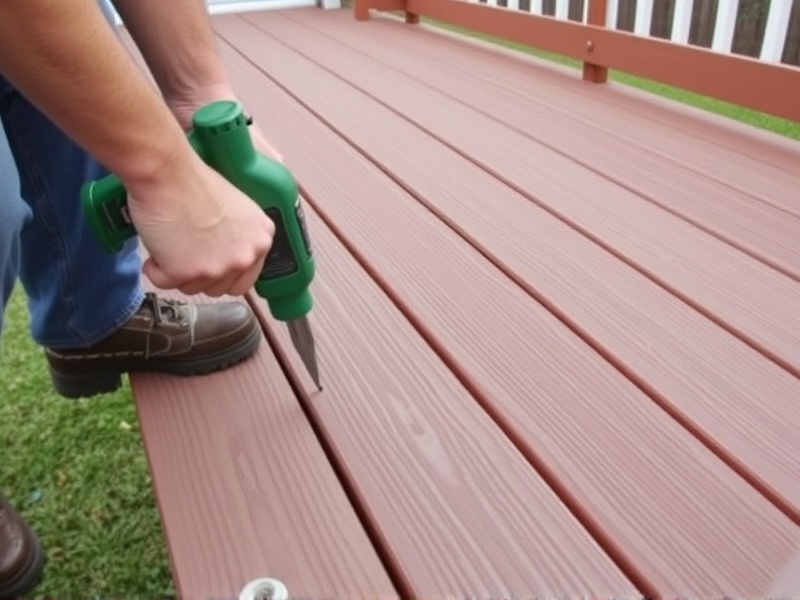Our Location
304 North Cardinal St.
Dorchester Center, MA 02124
Navigate through the dos and don'ts of securing composite decking with screws. This article provides insights into maintaining the integrity of your deck while ensuring it's both attractive and durable.

Screwing composite decking down is a crucial process that requires careful attention to detail and adherence to best practices. Improper installation can lead to structural issues, premature wear, and unsightly damage. This article will guide you through the essential dos and don’ts of securing your composite deck, emphasizing the importance of proper technique, selecting the right materials, and preserving the aesthetic appeal of your deck.
One of the most critical decisions when installing composite decking is selecting the appropriate fasteners. Composite decking expands and contracts with temperature changes, so it’s essential to use fasteners that allow for this movement. Hidden fasteners are a popular choice as they minimize visible screws and reduce the risk of warping or cracking. Brands like TimberTech and Trex offer specialized composite decking screws designed to work seamlessly with their products (TimberTech, Trex).
To ensure longevity and appearance, it’s important to maintain consistent spacing between boards. This allows for expansion and contraction without causing damage. A gap of about 1/8 inch to 1/4 inch between each board is typically recommended. Always refer to the manufacturer’s guidelines for specific recommendations.
Before installing composite decking, make sure the surface is clean and free from debris. Dirt, dust, and other particles can interfere with the adhesion of the fasteners and compromise the integrity of the deck. Regular cleaning throughout the year can also help preserve its appearance and extend its lifespan.
Over-tightening screws can cause the composite material to crack or warp. It’s important to tighten the screws just enough to secure the board in place without applying excessive pressure. Using a drill with a torque-limiting clutch can help prevent over-tightening.
Composite decking is made from materials that are prone to reacting with metal. Using metal screws can lead to corrosion and degradation of the decking over time. Instead, opt for screws specifically designed for composite materials, which are often made from coated steel or plastic-coated stainless steel.
Direct contact between composite decking and concrete footings can trap moisture, leading to rot and decay. To avoid this, use a spacer or a flashing material between the deck and the concrete to allow for drainage and ventilation.
Installing composite decking requires a combination of skill, patience, and attention to detail. By following these do’s and don’ts, you can ensure that your deck not only looks great but also remains structurally sound for years to come. Remember, proper technique, the right materials, and maintaining the aesthetic appeal are key to a successful project.